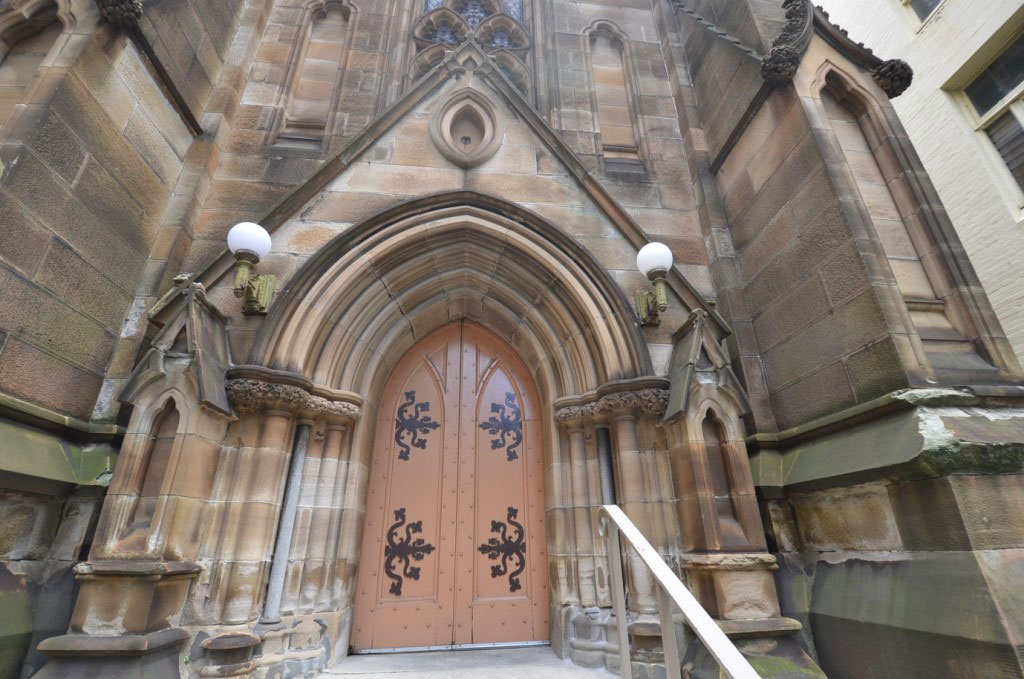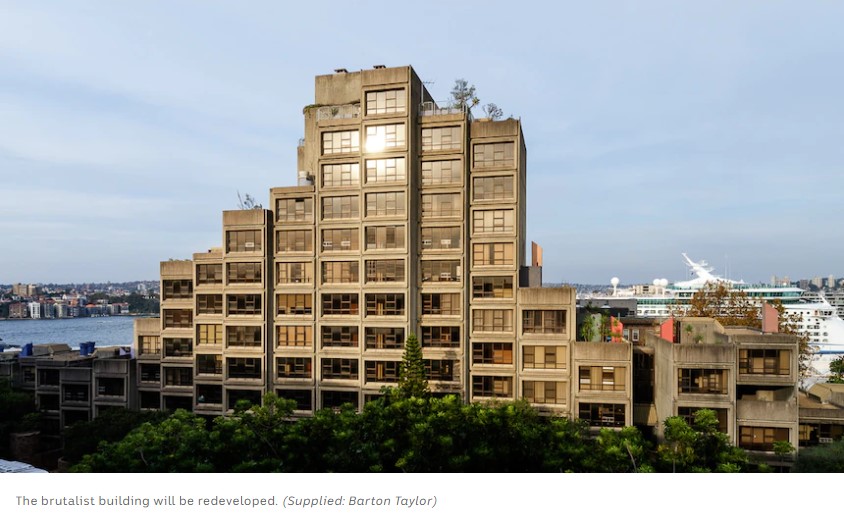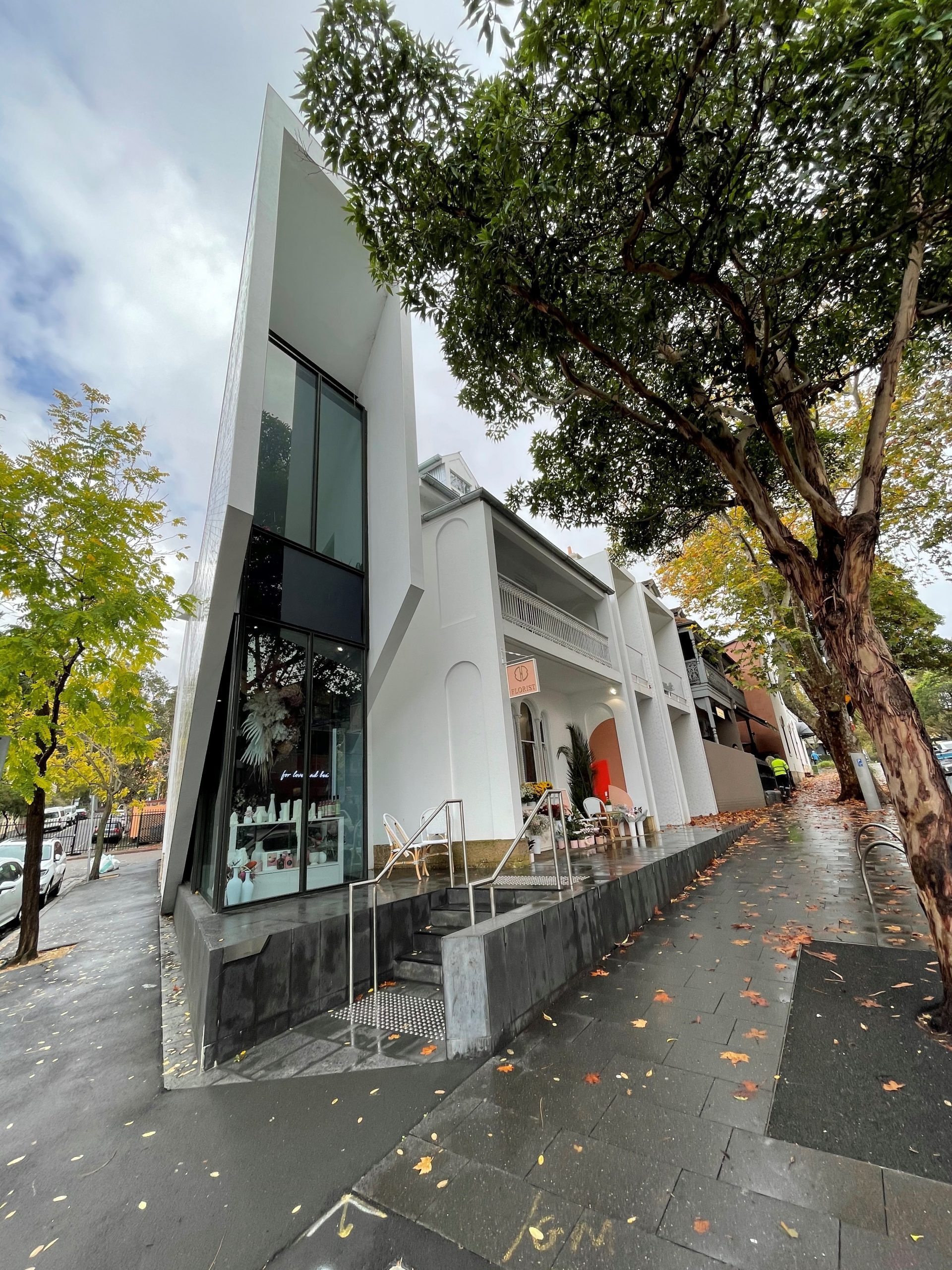Professional Associations
In accordance with the Draft Guidelines for Education and Training – Practical Instructions for Practitioners, the ICOMOS International Training Committee put forward in October 2012, a number of professional attributes that heritage practitioners need to have.
 Fig. 1 – Heritage houses in Woolloomooloo, NSW – Australia
Fig. 1 – Heritage houses in Woolloomooloo, NSW – Australia
Education and training for conservation should produce conservation practitioners who have the ability to:
1. understand and interpret a monument, ensemble or site;
2. understand the setting of a monument, ensemble or site, and its cultural, physical and intellectual context;
3. investigate and understand available sources of information relevant to the heritage concerned, including the technologies (traditional and regional) used to produce them, and the social, political and historic forces that shaped them;
4. interpret the results of this investigation in order to identify cultural significance and values associated with tangible and intangible elements of the heritage;
5. be a part of a team working on a monument, ensemble or site, all of whose members respect its significance and values;
6. understand and analyse the performance and transformations of monuments, ensembles and sites as complex systems in order to diagnose intrinsic and extrinsic causes of decay, and plan for and undertake their conservation;
7. make balanced, responsible judgements based on ICOMOS charters and guidelines, current good practice and national and international standards for the long- term benefit of the cultural heritage;
8. recognise when specialist knowledge is required, define specialist areas of study and work in multi-disciplinary groups;
9. produce coherent and relevant methodologies and specifications for the conservation of monuments, ensembles and sites;
10. record all findings from investigations and works executed in a manner accessible to specialist and non-specialist users;
11. provide expert advice on future maintenance and management for the long-term safeguarding and conservation of monuments, sites and ensembles;
12. work with clients, stakeholders, local communities, administrators and policy makers to build consensus and to develop conservation and management strategies appropriate to local needs, abilities and resources;
13. recognize the need to position conservation decisions within national regulatory and planning policy frameworks, including environmental protection and climate change.
Related Articles

Heritage Disconnect
Dr. Robyn Clinch (see reference below) writes that there is a considerable disconnect between the theoretical education of potential heritage…
Read more
Unlisted Heritage Items – Erring on the Side of Caution
Most countries, regions and states utilise heritage listing as a means of protecting heritage assets, but many of these lists…
Read more
The theory of cultural built heritage
How do we define cultural built heritage? What is culture and what is heritage? Where does the idea of conservation…
Read more
Character Enshrined as Heritage Overlays in LEPs
Christine Covington of Corrs, Chambers, Westgarth Lawyers writes (7 March 2018) about proposed new changes to the EP&A Act in…
Read more

Need help getting started?
Check out our guides.

Complete the form below to contact us today.









